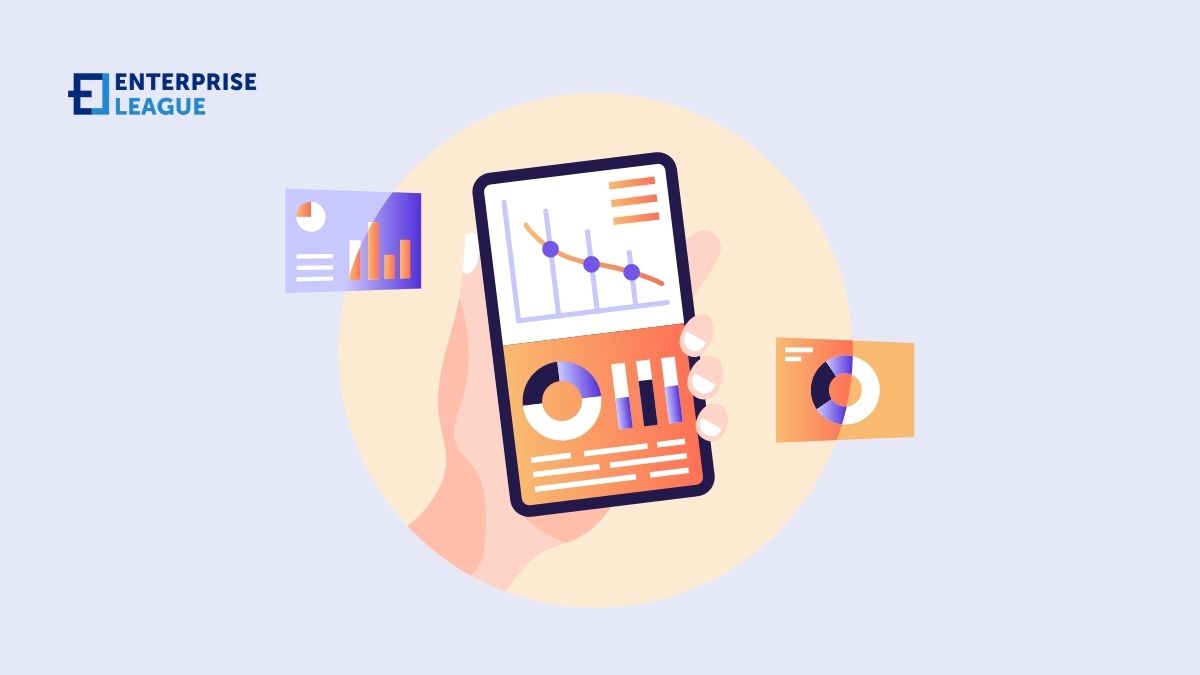This article explains in detail what a SWOT analysis is, what steps to follow in creating a SWOT analysis paper, and in which areas it can be applied.

Top 5 financial management tips for small business owners
Atta Ur Rehman, Content Marketer at Physicians Thrive, and a piggy-banking master, shares the top five financial management tips for small business organizations that want to thrive.
Every small business owner is aware of the financial challenges that they face when managing their business. Although managing finances is important for every type of business, most small business owners rightfully make it their top priority so that they can stay profitable and avoid cash flow issues.
Following the footsteps of successful entrepreneurs by taking inspiration and applying their ideas to your business sure is one way to make it a success, however, when it comes to managing the actual finances of your business, coming with a solid, practical, and reliable financial management plan can help you have firm control over your money and how to use it sensibly.
Financial tips for small business owners
If you are one of those small business owners who are struggling to manage their finances, here are some easy and realistic financial management tips for small business to help you master your business finances without the need to hire a professional.
Avoid merging business and personal finances
Linking business and personal finances together is a nightmare for most financial experts. Using business funds for personal usage or securing business expenses with some of your personal savings may get the job done at the time being but will surely create a muddle that may require additional loans for stability in the long run.
Hence, keeping both business and personal expenses separate is a wise move. Alongside an account for personal expenditure, create a separate business account and make sure to use the business credit card for all business-related matters. Moreover, as a small business owner, creating a savings account for your business will future proof you to uncertain emergencies that could happen at any point in time.
One of the things accountants rigorously preach about is to strictly stick to the rules of not using personal credit cards and savings for business and vice versa. Merging these is one of the biggest mistakes entrepreneurs make and it will only create a mess that you will regret in the future. Additionally, having separate accounts will ensure a smooth process of tax-related matters, and your financial advisor or manager will thank you for making his job easier.
Keep records of your spendings
Losing a trail of the business expenses after a certain period of time is very common among many small business owners. Stacked up bills and other miscellaneous expenses are the results of someone not recording their expenses. This ultimately leads to more concerning issues such as overspending and using the business funds for non-business matters.

Recording your expenses will not only force you to stick to your budget but also assist in meeting your financial goals. So grab that pen and paper and start tracking your expenditures. Additionally, you can make use of accounting apps and literature to make recording transactions an easier process.
Create a buying schedule
Creating a purchasing schedule and sticking to it is one of the most important initial business decisions to make. This means not buying any new inventory or making additional payments until and unless the due bills are paid and waiting for financial stability before making any new purchases.
Scheduling your purchases will aid in decreasing tax liability in combination with avoiding the low cash flow occurrence. In order to claim supplies and other business-essential things on your tax return, it is best to buy them by the end of the year.
Cut on bigger expenses
As a small business owner, it is likely that your budget will be limited which is why you need to observe and cut down on some of your large expenses to allow cash flow within the business. This can be done by leaving the large office space and going online for a drastic decrease in real estate expenses. However, if your business requires physical space for operations, then moving into a smaller or less expensive locality might be a feasible option (see how to choose the best business location).
Moreover, labor cost is another large expense that accounts for approximately 70% of the entire business expenses. Therefore, if needed, you can cut down on some of your labor costs. You can easily do that by outsourcing to freelancers or contractors rather than recruiting full-time employees (which can turn into a real nightmare). However, keep a couple of important full-time employees, as new recruits may take time to train which is also an expense. The benefit of contractors on the flip side is that you pay them for the tasks and their time and they technically do not qualify for the company benefits and compensation packages.
Compensate yourself first
It is very common among small business owners to put all their efforts, sweat, and money into the business to make it stand on its feet and running. But what they often forget is that they are the most important asset of the business and hence they should pay themselves first. Surprisingly, only around 50% of the small business owners pay themselves.
Sure, the effort and money you put into your business will turn out to be fruitful and your business will eventually grow. However, an intelligent decision is to think about both ends of the spectrum and keep in mind if the business does not make a profit, and you have not paid yourself either, that will not be a desirable outcome for you.
Thus, always make sure not to forget yourself when paying others, because remember you are the foundation of the business, and compensating yourself will ensure and secure a bright future and shape of your business.
Conclusion
Whether you’re just starting out or looking to tighten up your financial practices, these tips can help you build a stronger, more profitable business. After all, good financial management isn’t about being perfect but about making informed decisions that help your business grow.
More must-read stories from Enterprise League:
- Learn about how micromanaging can hurt your productivity.
- Find out how having age diversity in the workplace can improve your business.
- Find out everything you need to know about the 10 Ds of entrepreneurship.
- How to handle a situation where employees are not getting along.
- How to ask for a deposit in a contract without being awkward or losing a client.
Related Articles
How to write a SWOT analysis paper (2025)
Managing remote teams: Best practices and tips
Managing remote teams can be a daunting task especially if you’ve worked in an office until recently. However, with these tips and practices, it will become routine soon.
How to start a wholesale business from scratch (2025)
In this article we’re getting to the bottom of how to start a wholesale business even if you have zero experience. Read along and start today!
12 perks of unplugging from social media for entrepreneurs
There are a lot of benefits of unplugging from social media for entrepreneurs. It will not only improve your mental health but can significantly bring value to your business.
26 best apps for entrepreneurs who strive for success (2025)
Level up your business with these 26 apps for entrepreneurs. Increase productivity, improve workflow, mental health, and more with these entrepreneurship apps.




















